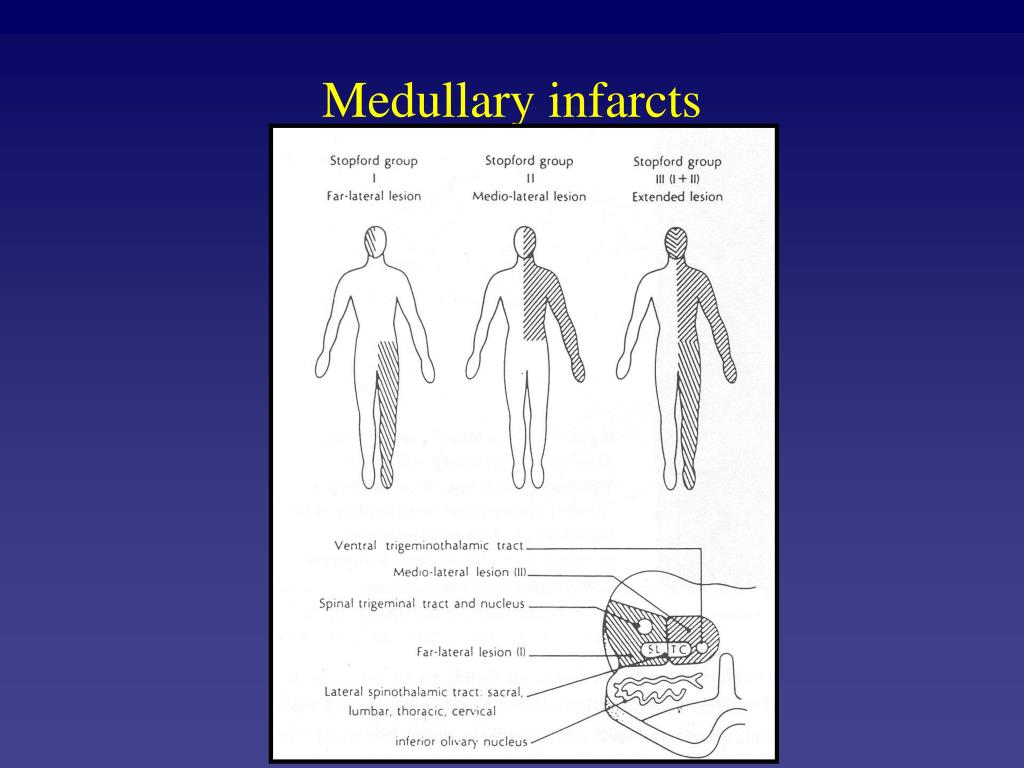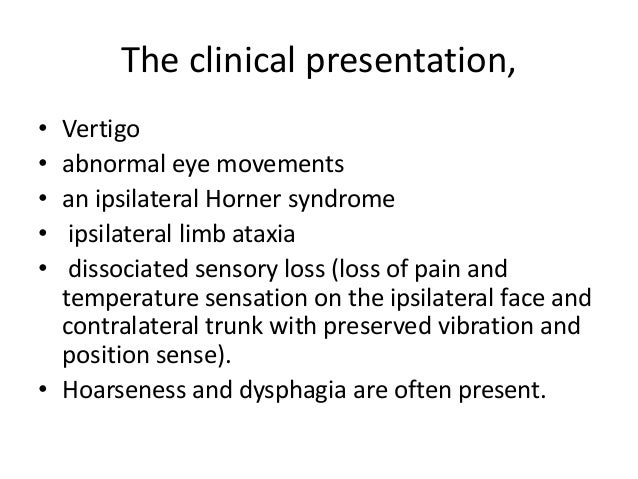
On either side of the fissure is a vertical protuberance known as the medullary pyramid, formed by the fibers of the corticospinal tract. This is a continuation of the anterior median fissure of the spinal cord. Innervation to the viscera of the head, thorax and abdomen, heart rate and blood pressure regulation (vasomotor center), breathing regulation (respiratory center)Īlong the midline of the ventral surface of the medulla is the anterior median fissure. Reticular nuclei: raphe nuclei, gigantocellular (magnocellular) nucleus, perihypoglossal (Roller’s) nucleus, lateral reticular nucleus and many other small clusters of neurons distributed throughout the base of the medullaĬorticospinal (pyramidal) tract, cuneate fascicle, gracile fascicle, medial lemniscus, spinal tract of the trigeminal nerve, spinothalamic tract, spinocerebellar tract, inferior cerebellar peduncle, medial longitudinal fasciculus (MLF)

Relay nuclei: gracile, cuneate, arcuate, and olivary nuclei Medulla oblongata is the terminal part of the brainstem located between the pons and spinal cord.Ĭranial nerve nuclei (IX-XII): inferior salivatory nucleus, spinal nucleus of trigeminal nerve, solitary nucleus, nucleus ambiguus, dorsal nucleus of vagus nerve, nucleus of accessory nerve, nucleus of hypoglossal nerve This article will discuss the anatomy and function of the medulla oblongata. It contains the nuclei of the four inferiormost cranial nerves: the glossopharyngeal nerve (CN IX), vagus nerve (CN X), accessory nerve (CN XI), and the hypoglossal nerve (CN XII).It houses the centers for vital functions of the body, such as those for the heart rate, blood pressure, and breathing.It is a conduit for many ascending and descending nerve tracts that carry the information between the brain and spinal cord.

The medulla oblongata has many important features and functions.

The caudal medulla continues onto the spinal cord inferiorly, just above the origin of the first pair of the cervical spinal nerves. The rostral medulla is continuous with the pons superiorly, with which it forms the pontomedullary junction. It sits in the posterior cranial fossa, below the tentorium cerebelli. Medulla oblongata is the terminal part of the brainstem.


 0 kommentar(er)
0 kommentar(er)
